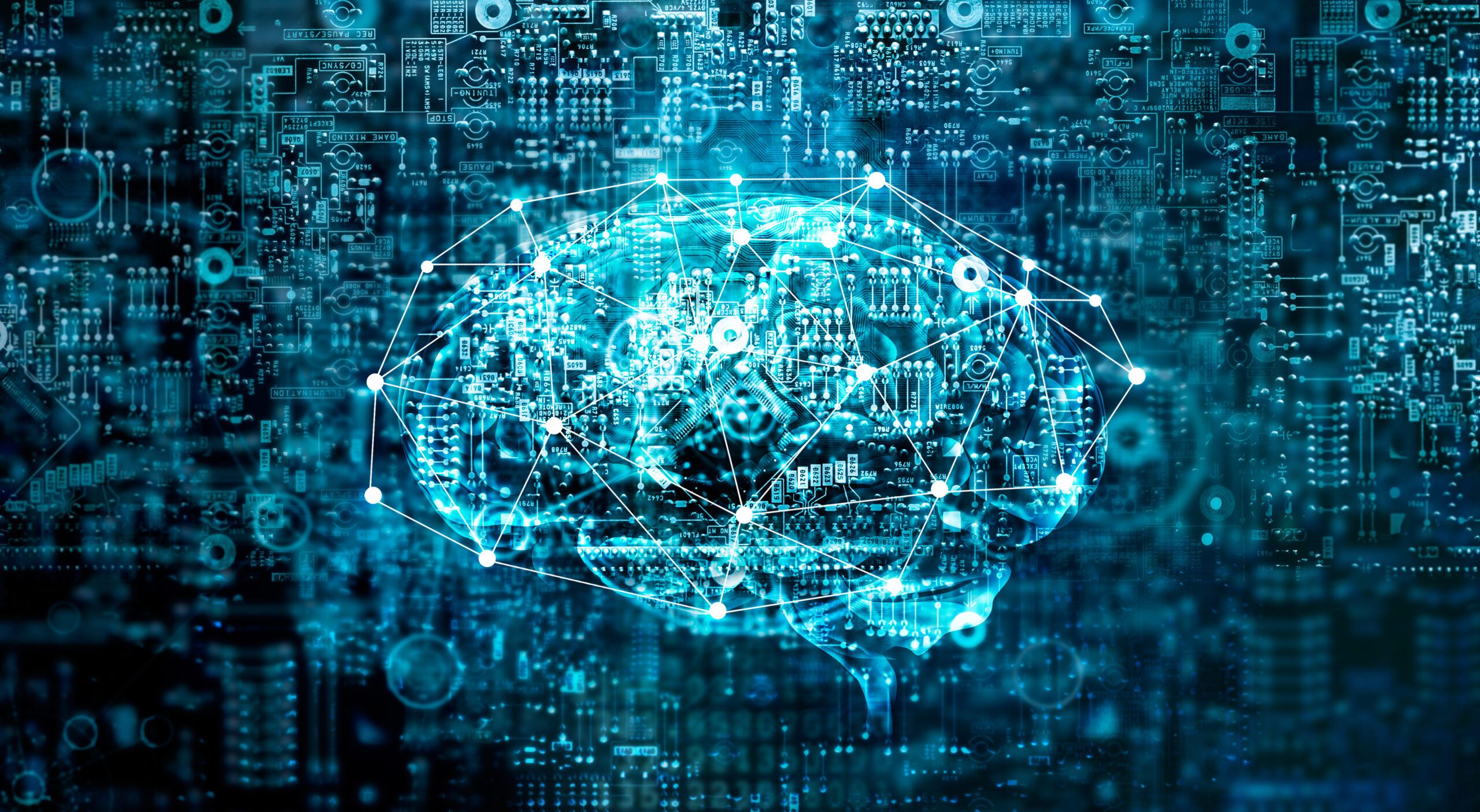Technology advancement means both unprecedented opportunities and significant security challenges
The digital era is hurtling towards a hyper-connected future fueled by advancements like 5G and the looming promise of 6G. While these next-generation networks unlock a treasure trove of possibilities – from the ubiquitous Internet of Things (IoT) to smart cities and self-driving cars – they also cast a long shadow of security concerns. Traditional security solutions, designed for a simpler digital landscape, are struggling to keep pace with the ever-evolving threats that emerge from an increasingly interconnected world. This challenge is further amplified by the burgeoning field of Artificial Intelligence (AI), particularly Large Language Models (LLMs). These powerful AI tools, capable of processing and generating human-like text, hold immense promise across various sectors. However, their integration into the network ecosystem introduces a new set of security vulnerabilities.
The Expanding Attack Surface: 5G and Beyond
The rapid advancement of network technologies, from the hyper-connectivity of 5G to the anticipated capabilities of 6G, presents both unprecedented opportunities yet also significant security challenges. These advancements expand the attack surface, offering more entry points for malicious actors. Traditional security solutions, designed for less connected environments, may struggle to defend against the sophisticated threats of an interconnected world. 5G networks, with their enhanced speed, low latency, and massive device connectivity, rely on architectures like Software-Defined Networking (SDN) and Network Function Virtualization (NFV). While these technologies offer flexibility and efficiency, they also introduce new vulnerabilities. SDN’s decoupling of hardware and software can lead to misconfigurations, and NFV’s reliance on virtual machines makes it susceptible to hypervisor attacks. Although 5G core networks incorporate advanced security features such as enhanced encryption and mutual authentication, threats often arise from unregulated spectrums like Wi-Fi and the proliferation of IoT devices. Unsecured IoT devices can be hijacked for Distributed Denial of Service (DDoS) attacks or unauthorized data access.
As we transition to 6G, the complexity and scale of connectivity will increase. 6G is expected to integrate terrestrial and satellite networks, support ultra-low latency applications, and enable real-time holographic communications, necessitating sophisticated security measures. The inclusion of Large Language Models (LLMs) will further enhance threat detection and response capabilities but also introduce new security concerns due to their data-intensive nature and complexity. AI offers powerful tools to mitigate these risks by analysing vast amounts of security data in real-time, identifying patterns and anomalies that traditional methods might miss. Machine learning algorithms can predict threats by analysing historical data and identifying indicators of compromise. AI can also automate routine security tasks, freeing human analysts to focus on higher-level threats. AI enhances SDN and NFV security by monitoring for anomalies and automatically adjusting configurations to prevent attacks. In IoT, AI can continuously monitor device behaviour, detecting and responding to abnormal activities. Implementing a zero-trust security model, which continuously verifies every user and device, further strengthens the security posture of 5G and 6G networks. As these technologies evolve, integrating AI and LLMs will be crucial for maintaining secure and resilient 5G and 6G networks.
AI-Driven Security: A Double-Edged Sword
While AI offers significant advantages, it also presents challenges. Here are some key considerations:
- Explainability and Transparency: AI algorithms can be complex “black boxes,” making it difficult to understand how they arrive at decisions. This lack of transparency raises concerns about accountability and potential biases within the algorithms.
- Data Security: AI models are heavily reliant on data for training and operations. Securing this data from unauthorised access or manipulation is crucial to ensure the integrity and effectiveness of the AI system.
- Adversarial Attacks: Malicious actors can potentially manipulate AI models by feeding them poisoned data, causing them to generate incorrect outputs or malfunction entirely.
- Ethical and Privacy Concerns: The extensive data collection required to train AI models raises privacy and surveillance concerns. Organisations must ensure transparency, accountability, and compliance with regulations to mitigate these risks.
- Skills Gap: The shortage of skilled cybersecurity professionals capable of leveraging AI technologies is a significant barrier. Investing in education and training programs is essential to bridge this gap.
The Road Ahead: A Future Secured by Synergy
The future of network security, particularly for 5G and 6G networks, lies in a synergistic relationship between AI and human expertise as we call it “Humanized AI.” AI technologies such as machine learning (ML), deep learning (DL), and large language models (LLMs) are revolutionising network security by enhancing human capabilities, automating tasks, and enabling real-time threat detection and response. These technologies help in monitoring IoT devices, detecting anomalies, and preventing unauthorised access, which is critical as the number of connected devices grows exponentially. AI can automate routine tasks within Security Operations Centers (SOCs), allowing analysts to focus on strategic threat hunting and incident response, thereby improving efficiency and response times. AI-assisted code scanning and dynamic application security testing (DAST) can identify potential security flaws early in the development cycle, reducing the burden on human teams and preventing vulnerabilities from being exploited. Furthermore, LLMs can analyse and interpret complex security logs and threat intelligence data, improving the accuracy and speed of threat detection and generating proactive security insights. By continuously learning and adapting to new data and attack vectors, AI models remain effective against evolving threats.
Implementing hybrid security solutions that combine AI’s computational power with human critical thinking will create a more robust and adaptable security posture, essential for managing the vast amounts of data in 5G and 6G networks.
Padma is the CEO of Tecnotree Corporation, a role she has held for over 12 years. Prior to joining Tecnotree, she held various leadership roles with a number of Fortune 500 and emerging organisations including Dell/Perot Systems as President, Global Consulting and Application Services & Managing Director for APAC, Oracle Corporation as Senior Vice-President, and Hewlett Packard as Managing Director (HP-ISO).
Padma holds a master’s degree in ‘Global Leadership and Strategic Planning’ from Stanford University, California and a ‘Diploma in Computer Science’ from Concordia University, Canada.

